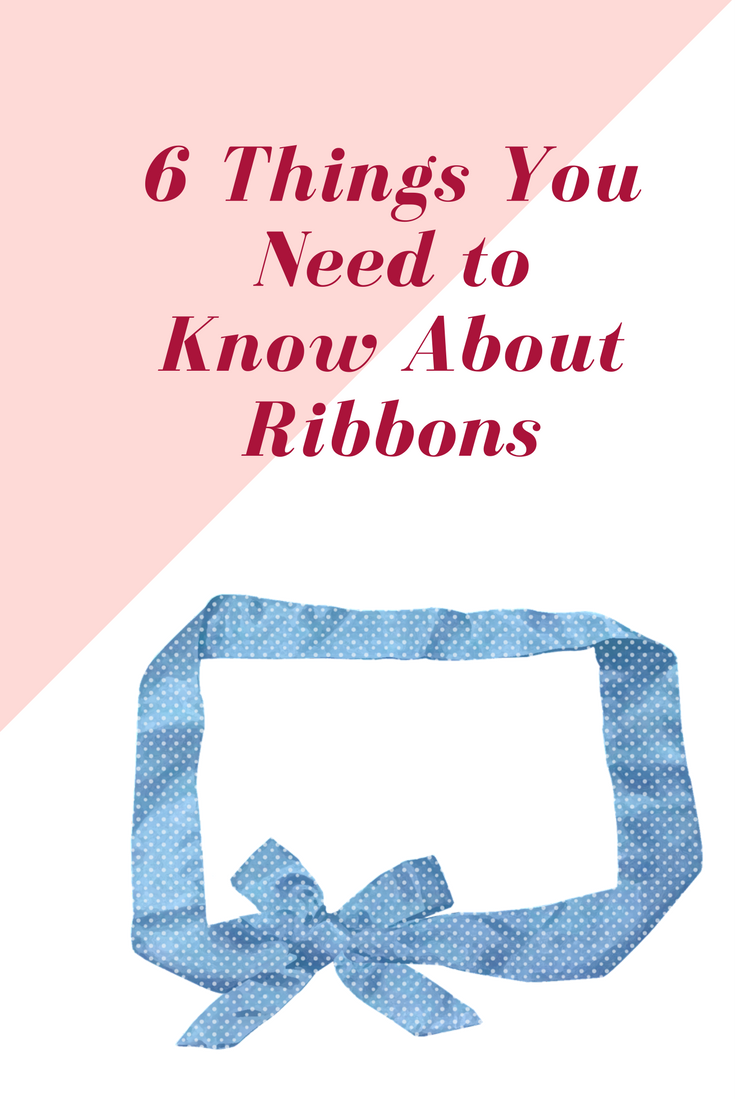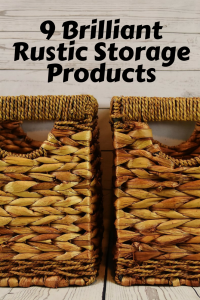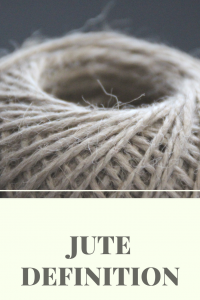If you love using ribbons in your arts and crafts projects, you’ll need to know the helpful information about the ribbons.
1. Ribbon width
Ribbon comes in several widths and those include:
- 1/8″ – 3/4”
These ribbons are known as being narrow, and sometimes they are even called trim ribbon. The width of this group ranges between 3 and 19 mm and they are commonly used for gift wrapping, especially smaller gifts, scrapbook projects and by florists.
- 7/8″ – 1½”
The range of this ribbon type is between 20 and 40 mm which makes this ribbon one of the most commonly found ribbon width. It’s perfect for making bows, gift wrapping as well as for jewelry making.
- 2″ – 3″
This is known as a bit wider ribbon, the width going over 70 mm. It’s generally used for larger decorations, including home decor, gift wrapping, bows, etc. They are also used by the florists, especially with larger bouquets and wreaths.

Photo via: Drency – 2 Inch Ribbon
- 4″ and above
Ribbons of this width go over 100 mm, making them quite handy for large bows and decor. Even though it is a less common type, it still has its application in many occasions, including fashion accessories.
2. Wired or non-wired
Ribbons can also be divided into wired and non-wired ribbons. Wired ribbon, often called wired edge ribbon, is a type of ribbon that has a piece of wire sewn into both sides. The wires are not visible because they are covered by the ribbon edging. This makes the ribbon more rigid, which is why wired ribbon is perfect for projects where you need to keep the shape of the ribbon, such as floral arrangements, gift wrapping, and even home decor.
On the other hand, non-wired ribbon has no such wire, which means that it is more flexible. While this is great for shaping the ribbon, it sometimes may represent an obstacle because the loops of a bow, for example, might just drop.
3. Different types of ribbons
People usually know about only a couple of ribbons, but there are many more types of ribbon available. Each of them has certain characteristics that make it more or less suitable for a specific project. The most common ribbon types include:
- Satin ribbon
- Grosgrain ribbon
- Velvet ribbon
- Chiffon ribbon
- Burlap ribbon
There are many more types, and if you want to learn about the typical features of each of them, here is an article about ribbon types.
4. Synthetic or natural fibers
Ribbons are also divided based on the type of fibers used to make them. That is how we can differentiate between synthetic and natural fibers ribbons.
- Synthetic fibers ribbon
As the name suggests it, these fibers are not found in nature, but instead, they are artificially created by people. These fibers often include nylon, acetate, acrylic, polyester and other synthetic materials. Synthetic fibers are often used in the fashion industry, as well as for craft projects, gift wrapping, etc. The main advantage of this type of ribbon is that they are inexpensive and widely available. They are also quite strong. The main disadvantage is that they may melt when they are heated which means that special care is needed when ironing and tumble-drying these types of ribbon.
- Natural fibers ribbon
Natural fibers ribbons are made from materials that can be found in nature, which include silk, cotton, linen, and hemp. There are other kinds as well, but these are the most commonly used. All these are made from different plants that can be found in nature. The great thing about these ribbons is that they are more breathable. They are also less sensitive to heat than synthetic fiber ribbons. However, the facts that they are less available and more pricy are considered as disadvantages and that’s usually the reason why people choose synthetic ribbons instead.
5. Ribbon care
Some ribbons require special care, such as the case with ribbons made from synthetic fibers, while other types are more resistant. This generally means that you can wash and iron ribbons but you have to be careful when it comes to the temperature used. The best way to take care of ribbons is to follow the instructions provided on the ribbon packaging. Landy symbols on the packaging indicate how you should be taking care of the material.
- Dots (●) – When there is a dot on the symbol for machine wash, drying or ironing, this means that a special temperature is required. One dot means low heat, two dots medium heat, three dots means that high heat can be applied to the material.
- Cross over (X) – If the symbol is crossed over, this means that this treatment should not be used on the material. For example, if you see a crossed circle inside a square, this means that the material should not be tumble dried.
- Hand wash – If you notice this symbol on the ribbon packaging, this means that you should not wash this ribbon inside a washing machine. Instead, hand wash is required for that material. The temperature, in this case, should not be high, approximately around 30 degrees.
- No ironing – When you see an iron crossed over, this means that the ribbon should not be ironed. If you notice that a material should not be ironed, to make sure you avoid any wrinkles, when you wash the ribbon, straighten it well before you leave it to dry.
- Painting – Ribbon can be painted on, which is especially popular for crafting projects when acrylic paint is often used.
6. Cutting ribbons
To cut ribbons such as satin and grosgrain, you’ll need good scissors. You could cut it straight but have in mind that ribbon ends will be loose, and you will need to heat seal the ribbon using a lighter or a wood burning tool. Here’s a helpful tutorial on how to heat seal the ribbon:
Other options include cutting the ribbon diagonally or in a V shape. This prevents ribbon ends from fraying, and these cuts also look quite nice on bows, gift wraps, etc.
Burlap is loosely woven ribbon, which is sometimes difficult to cut straight. Unlike satin ribbon, you can’t use heat to seal it, but instead, you should try glue. The following video shows you how to cut burlap straight and how to seal burlap ends.




Comments
i am looking for a ribbon that i can use on a premade quilt that will fray like and look like a rag quilt, does anyone have any ideas? I saw a lady use it on a video, but was not smart enough to save video or write down what she was using